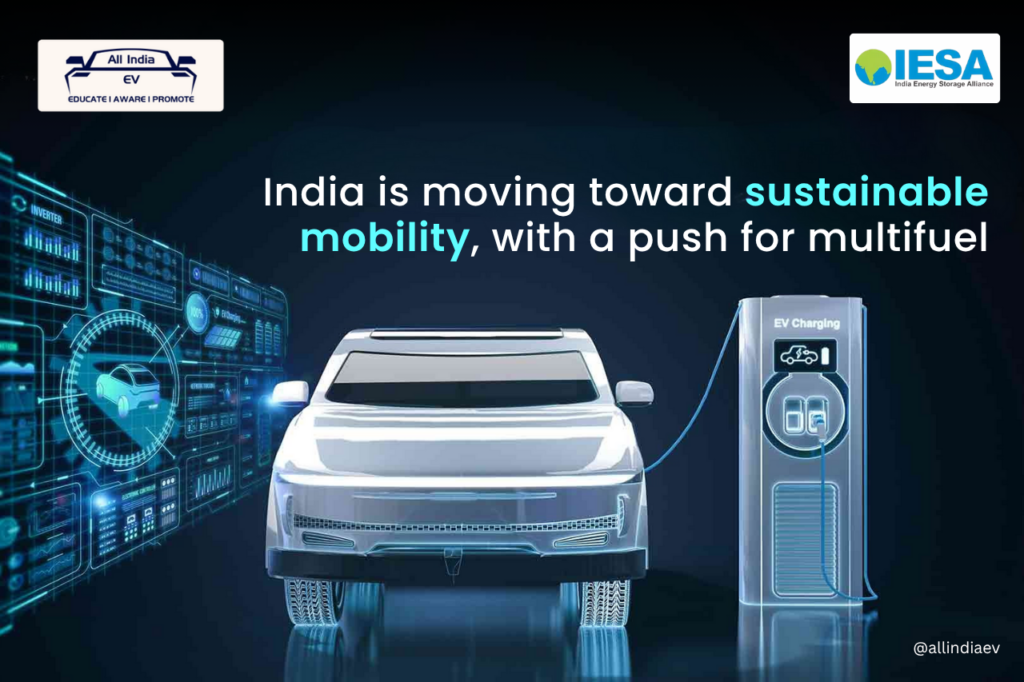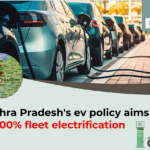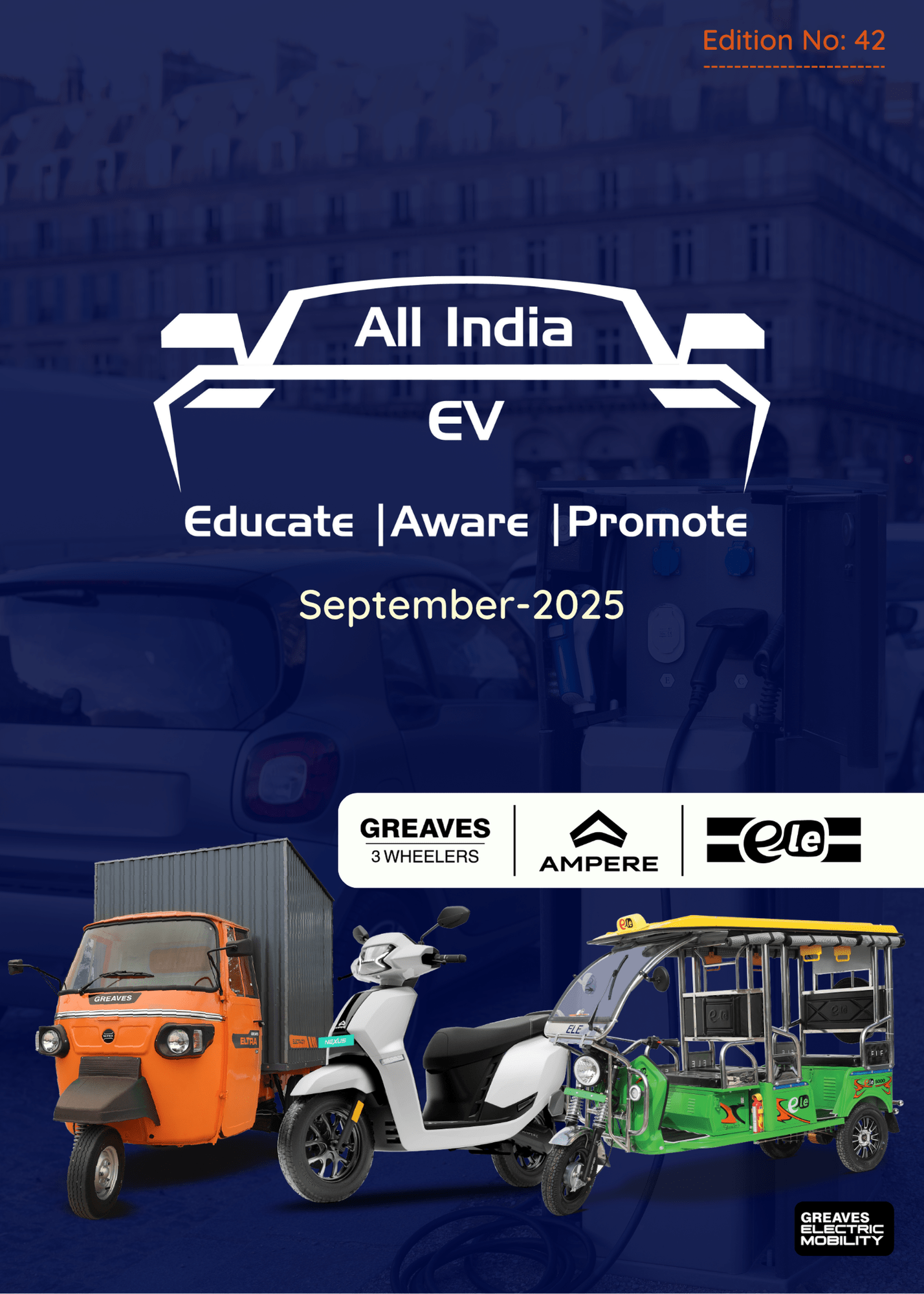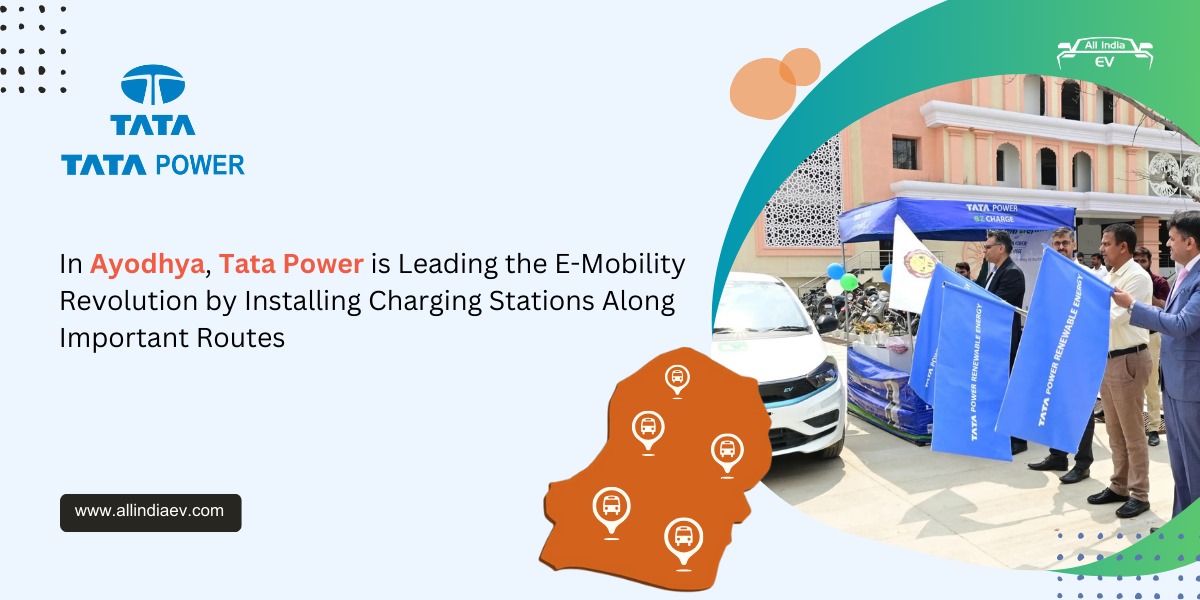
IESA Report Highlights India’s Multi-Fuel, Multi-Pathway Strategy for Cleaner Transport
India is rapidly advancing toward sustainable mobility through a combination of electric, hybrid, and alternative fuel vehicles, according to the India Energy Storage Alliance (IESA). The findings are detailed in the report titled “Automotive Electrification in India Market Report”, released under IESA’s e-mobility initiative, the India Electric Mobility Council (IEMC).
As the world’s fourth-largest automobile producer, India is at a critical juncture in its automotive journey. While petrol and diesel vehicles continue to dominate, the report highlights that cleaner mobility is gaining momentum, driven by government policies, industry investment, and growing consumer awareness.
Leading states in EV adoption
The report identifies Uttar Pradesh, Maharashtra, Karnataka, and Tamil Nadu as leaders in EV adoption, accounting for over half of India’s total electric vehicle sales. These states are actively promoting local EV manufacturing, expanding charging infrastructure, and creating dedicated mobility clusters, making them hubs for sustainable transport.
Multi-fuel, multi-pathway approach
A key highlight of the IESA report is India’s unique multi-fuel strategy, which promotes a range of battery-electric, hybrid, flex-fuel, hydrogen-powered, and compressed natural gas (CNG) vehicles. Each technology is designed to reduce emissions, improve energy efficiency, and cater to different transportation needs, ensuring flexibility in the nation’s transition to cleaner mobility.
Government initiatives to support cleaner transport
The upcoming Corporate Average Fuel Efficiency (CAFÉ 3) norms, set to take effect in April 2027, will incentivize automakers producing zero- and low-emission vehicles. These norms introduce volume derogation factors for vehicles powered by batteries, hybrids, and alternative fuels, encouraging manufacturers to adopt cleaner technologies.
Debmalya Sen, President of IESA, emphasized that policy support is critical to shaping consumer choices and accelerating the adoption of sustainable transport. He noted that some states are moving directly toward zero-emission vehicles, while others are gradually transitioning through alternative fuels, reflecting differences in market readiness and infrastructure.
Conclusion
The report underscores India’s commitment to building a cleaner, more sustainable automotive ecosystem while balancing multiple technological pathways. By leveraging a multi-fuel, multi-pathway approach, India aims to meet its diverse mobility needs, reduce emissions, and accelerate the shift toward future-ready, sustainable transportation.
India’s multi-fuel strategy positions the country as a leader in global clean mobility innovation and adoption.










